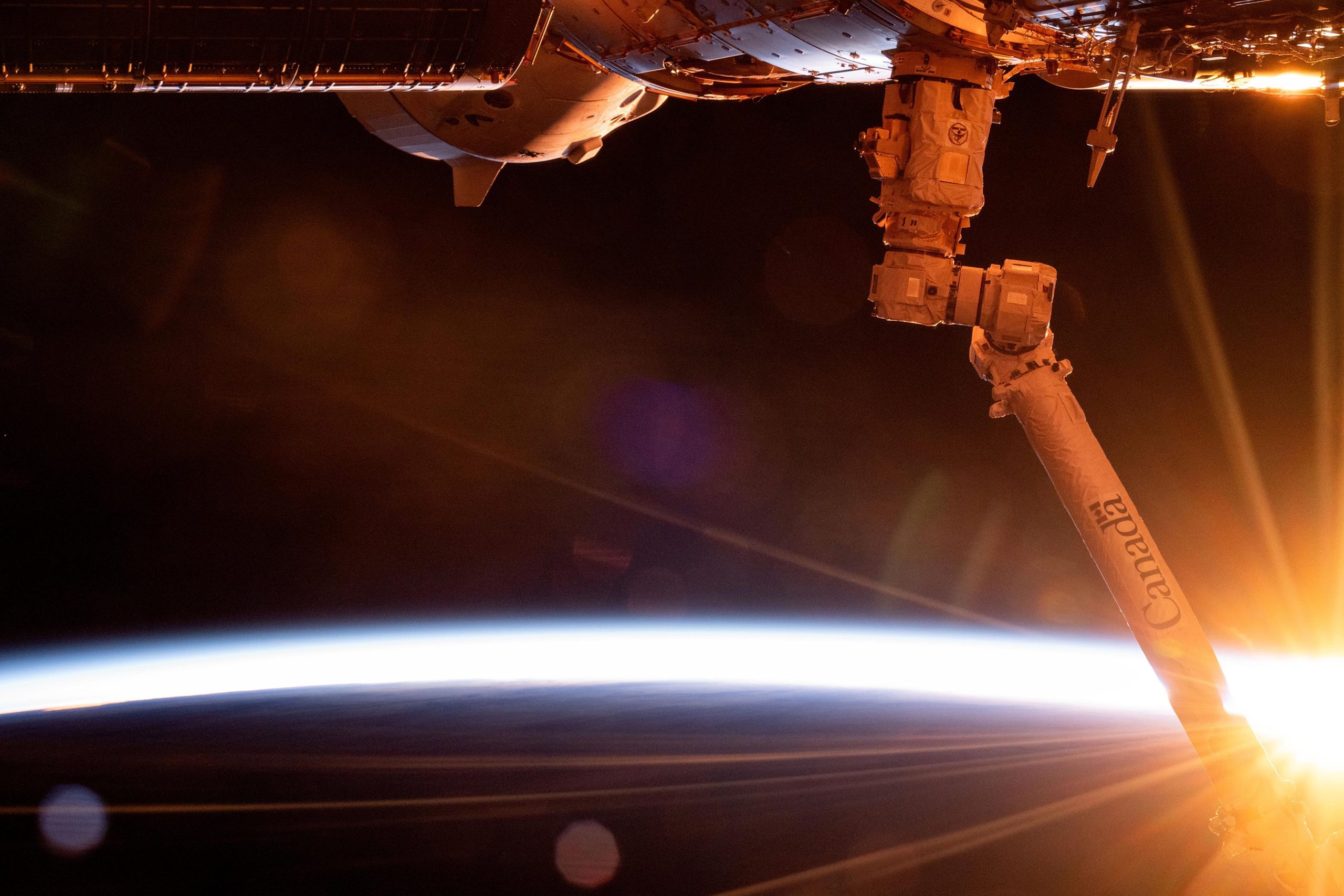
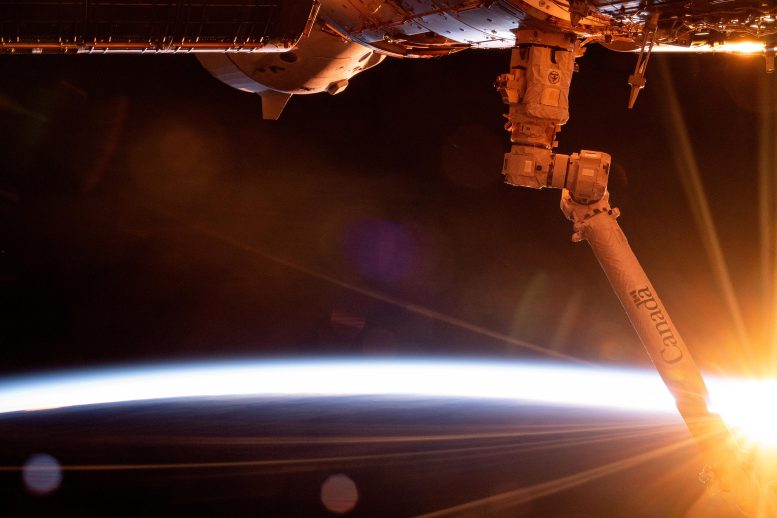
On Wednesday, the Expedition 72 team resumed their life science research, focusing on how microgravity impacts space immunity, the circulatory system, and other physiological aspects. The departure of NASA’s SpaceX Crew-8 mission from the International Space Station (ISS) is now scheduled for no earlier than Sunday, October 20, weather permitting.
Space Immunity and Biological Research
Flight Engineer Nick Hague continued his investigation into space immunity by processing blood samples he had collected the previous day. These samples were incubated overnight in the Columbus laboratory module, and then centrifuged early Wednesday morning. Afterward, they were stored in a science freezer for future analysis. This research is part of a broader study into how prolonged exposure to space affects the immune systems of astronauts.
Hague also joined Flight Engineer Mike Barratt in transferring cargo in and out of the Cygnus space freighter attached to the Unity module’s Earth-facing port. Cygnus launched to the orbital outpost on August 4 arriving just over a day and a half later packed with about 8,200 pounds of science and cargo for the Expedition 71 crew.
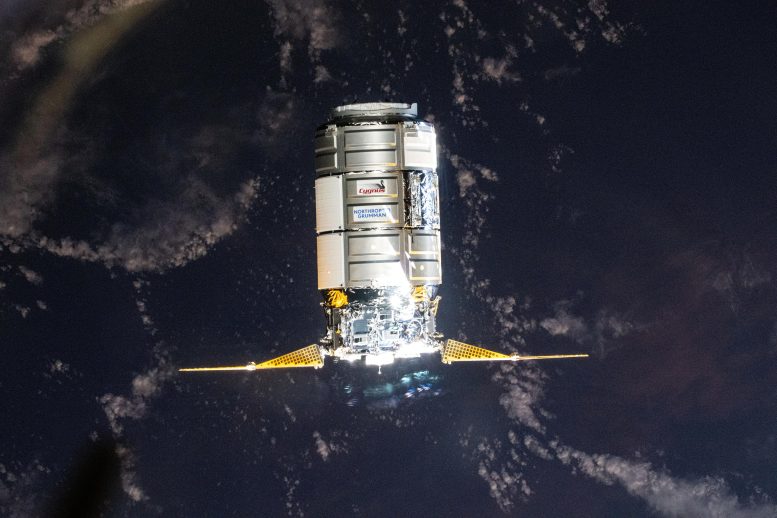
NASA Flight Engineer Don Pettit worked in the Kibo laboratory module setting up space biology hardware inside the Life Science Glovebox. The new research gear will support an upcoming experiment to prevent and treat the stress of spaceflight, as well as the symptoms of aging, on the immune system.
Health Monitoring and Emergency Preparedness in Microgravity
Pettit also joined his Soyuz MS-26 crew mates, Roscosmos Flight Engineers Alexey Ovchinin and Ivan Vagner, and trained for a medical emergency practicing cardiopulmonary resuscitation (CPR), reviewing medical gear and locations, and coordinating communications and crew roles. Ovchinin also studied microgravity’s effect on blood pressure while Vagner attached sensors to himself for a 24-hour session measuring his heart rate.
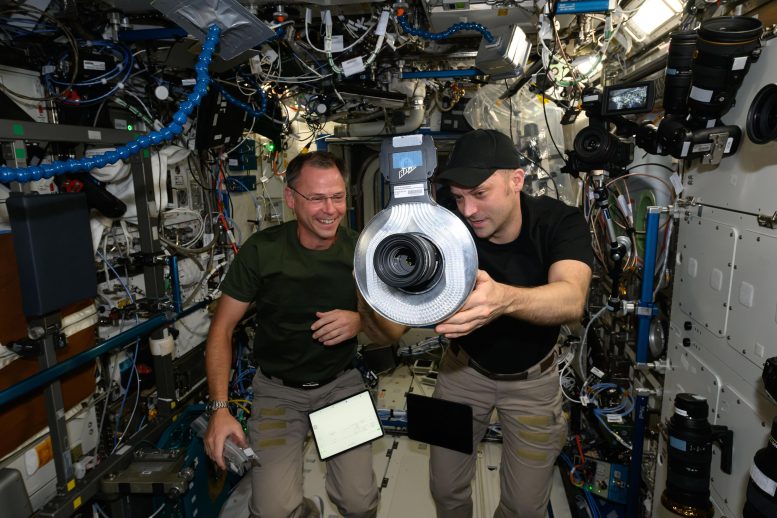
Station Maintenance and Research Activities
NASA Flight Engineers Matthew Dominick and Jeanette Epps worked throughout Wednesday on a variety of maintenance tasks. Dominick installed orbital plumbing gear in the Tranquility module while Epps installed an argon gas bottle that supplies Kibo experiment racks. Commander Suni Williams and Flight Engineer Butch Wilmore also worked on lab upkeep duties. Williams downlinked research data to scientists on the ground and labeled science freezers while Wilmore checked on life support gear and analyzed station water samples for microbes.
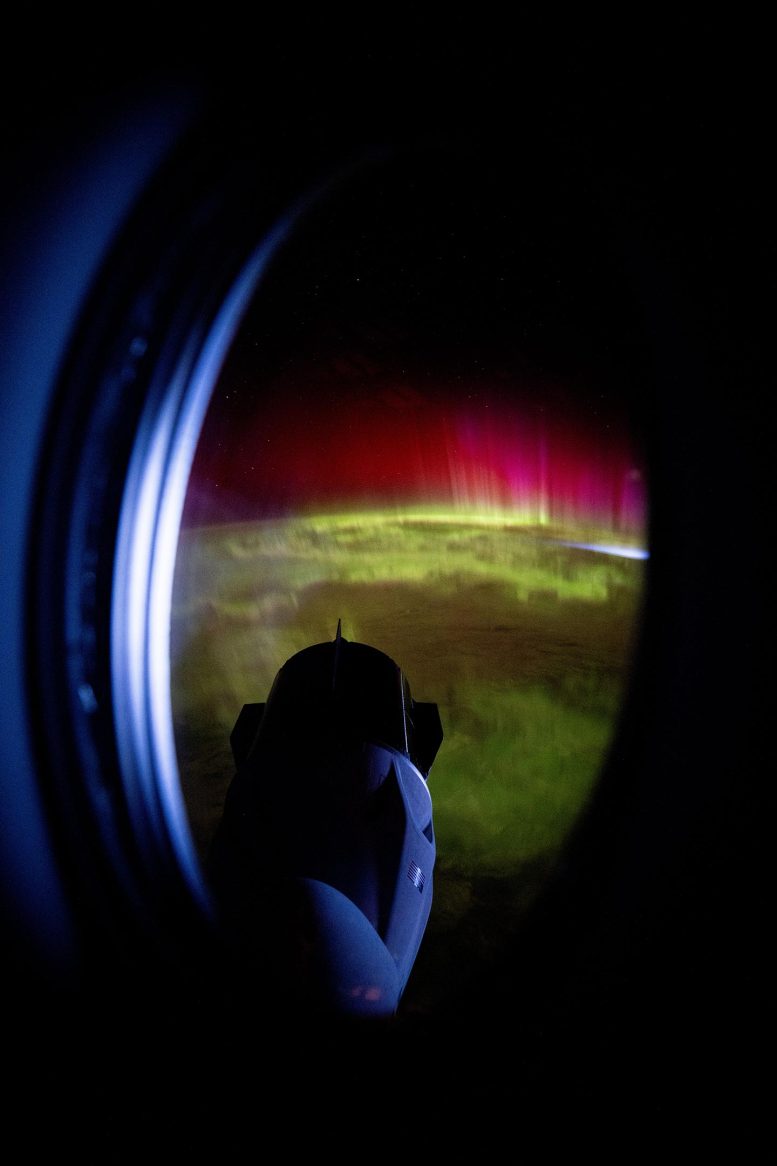
Technological Training and Future Mission Preparations
In the Roscosmos segment of the orbiting lab, Flight Engineer Aleksandr Gorbunov wore a sensor-packed cap recording his reactions as he practiced futuristic spacecraft and robotic piloting techniques on a computer. Flight Engineer Alexander Gorbunov photographed crew activities for documentation.
Countdown to Crew-8’s Departure
NASA and SpaceX mission managers continue monitoring weather conditions off the coast of Florida and are now targeting no earlier than 3:05 a.m. EDT on Sunday for the undocking of the SpaceX Crew-8 mission aboard Dragon Endeavour.